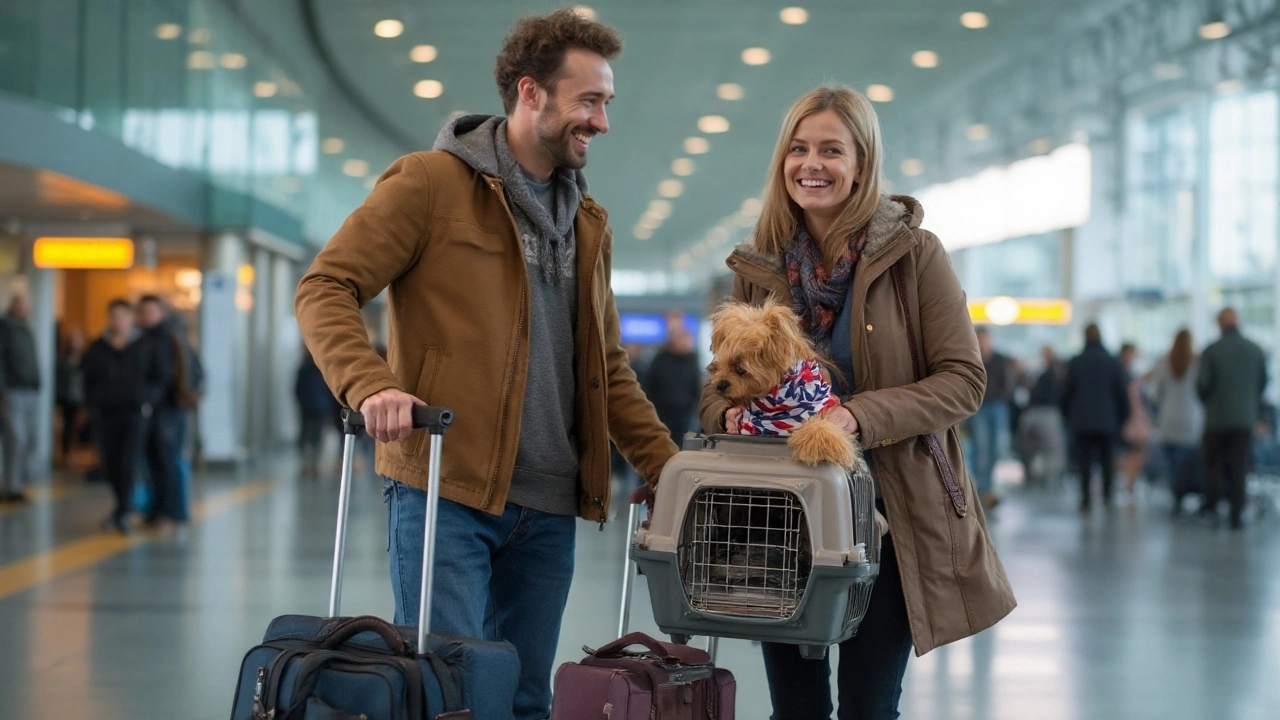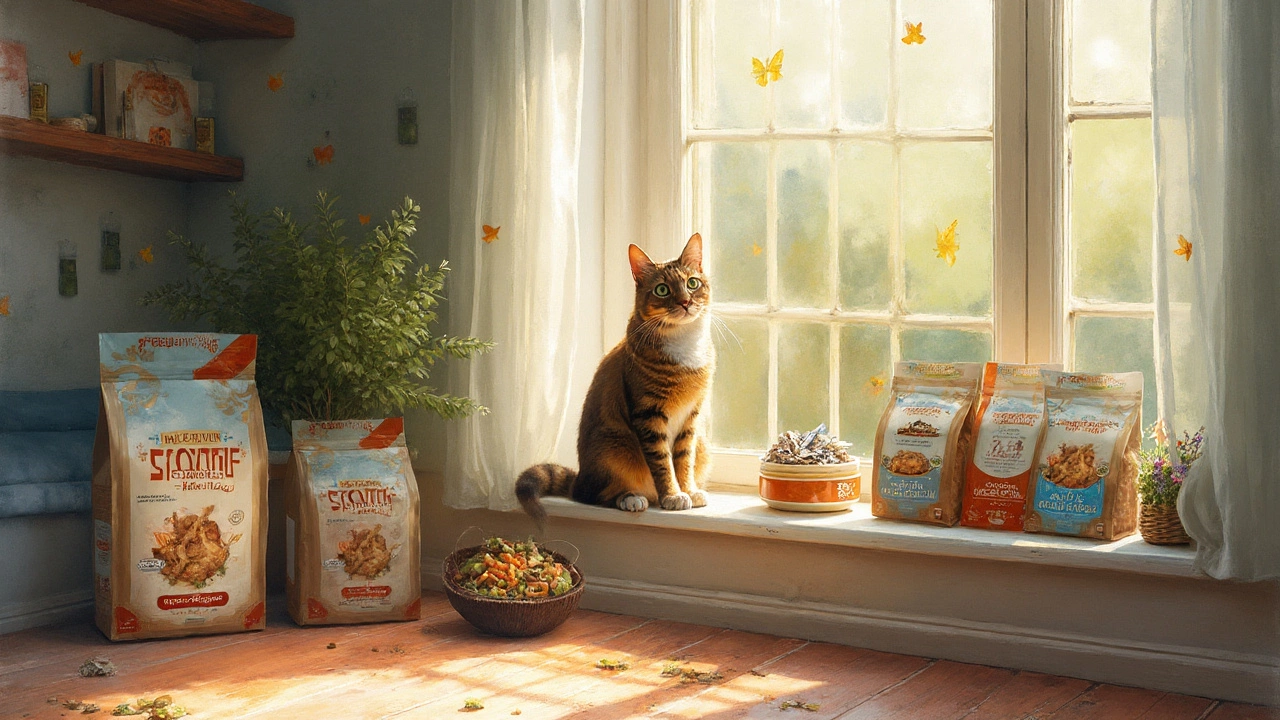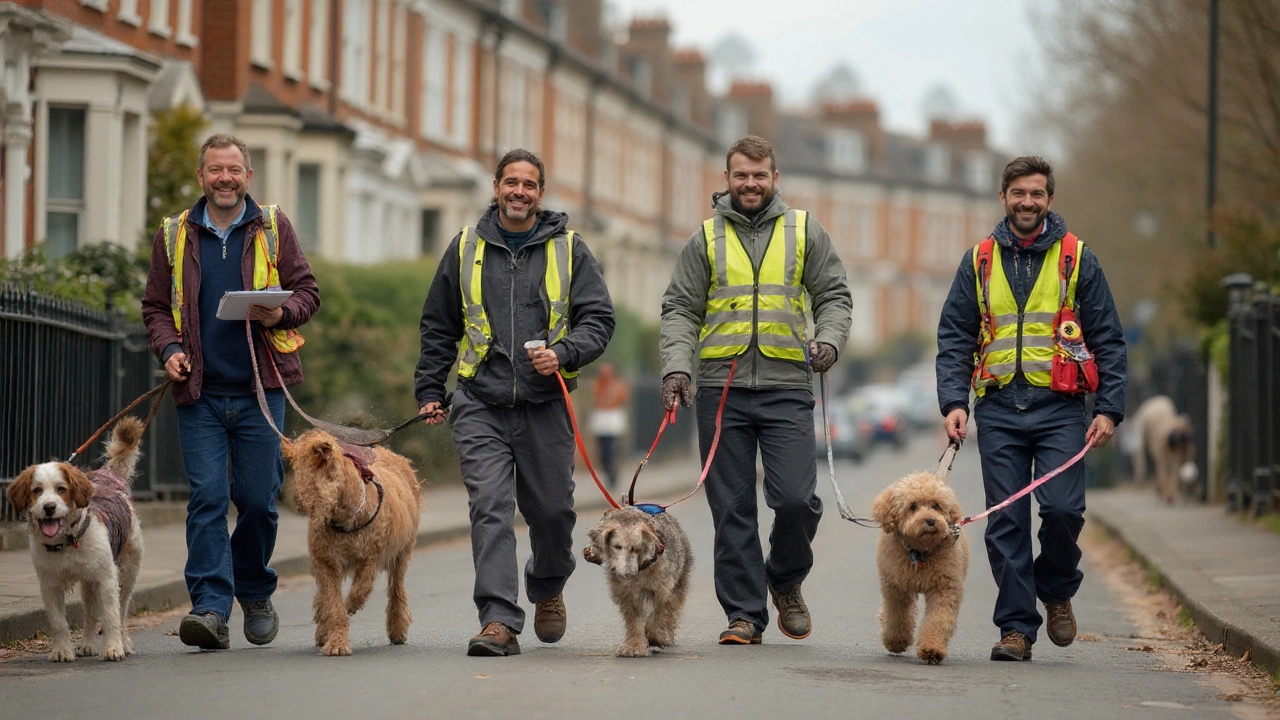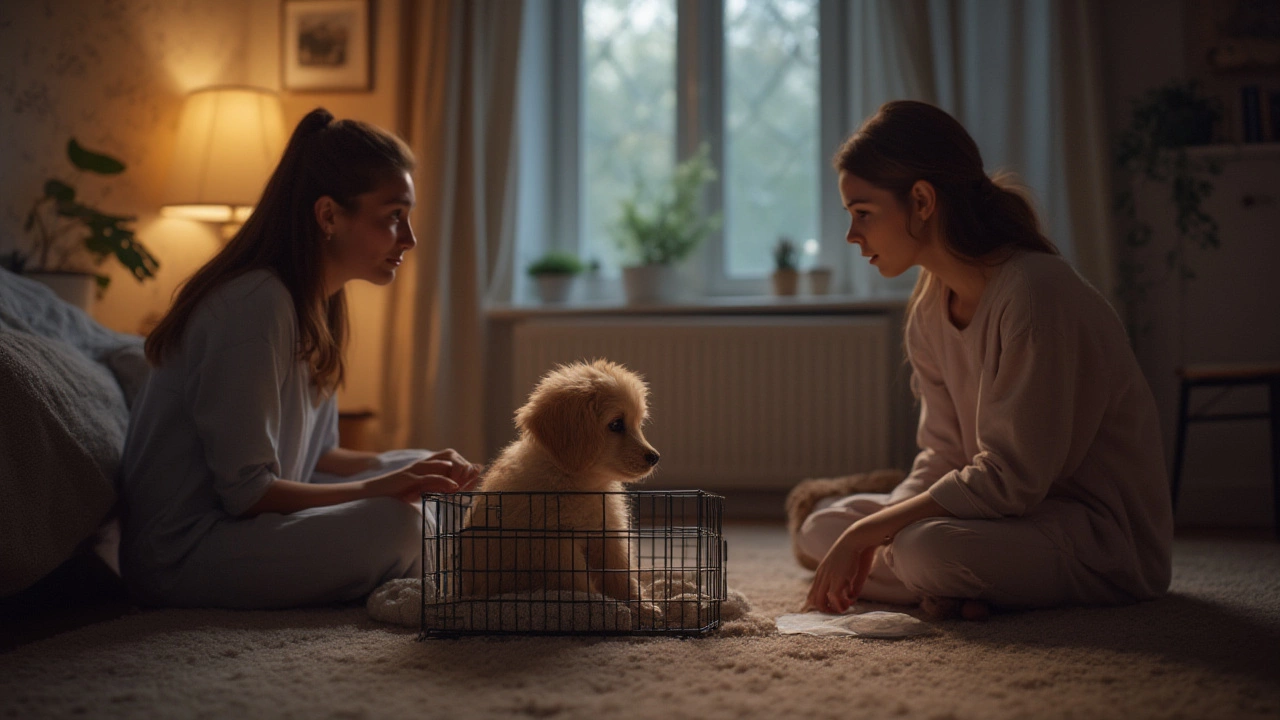August 2025 Pet & Dog Guides: Travel, Nutrition, Business & Training
If you own a pet, chances are you’ve asked yourself a few of these questions this month: How do I get my dog to the airport without a panic attack? What should my indoor cat actually eat? Is a dog‑walking side hustle worth the effort? And should I put a pee pad in my puppy’s crate at night? We gathered the most useful answers and practical tips in one place, so you can stop hunting around the web and start taking action.
TSA‑Approved Pet Carriers & Flying Tips
Flying with a pet feels like a maze of rules, but the biggest hurdle is the carrier itself. A TSA‑approved carrier must be sturdy, have a zip‑top that closes securely, and let security agents see through it without opening the bag. Look for carriers with ventilation on at least three sides and a waterproof bottom – a spill in the cargo area is the last thing you need. Real‑world example: the “PetSafe Air Carrier” ticks all the boxes. It fits under the seat on most US airlines, has a breathable mesh, and passes TSA’s X‑ray scan without a hitch. Before you book, check the airline’s pet policy – some limit carrier dimensions to 18" x 14" x 9". Pack a travel‑size water bottle, a familiar blanket, and a calming pheromone spray to keep your buddy relaxed. Quick tip: Arrive at the airport at least two hours early. That gives you time to clear security, get a last‑minute bathroom break, and settle your pet into the carrier before boarding.
Healthy Indoor Cat Food & Nutrition Advice
Indoor cats have different needs than their outdoor cousins. They’re less active, so they can gain weight quickly if you’re not careful about calories. The healthiest indoor cat foods focus on high protein, low carbs, and added fiber to aid digestion. Top picks include wet formulas like "Royal Canin Indoor Care" and dry options such as "Hill's Science Diet Adult Indoor". These brands use real meat as the first ingredient and avoid excessive fillers like corn or wheat. Look for added omega‑3s – they support a shiny coat and joint health, which is especially useful for couch‑potato cats. Nutrition tip: Rotate wet and dry meals to keep your cat interested and to provide a balanced moisture intake. A small bowl of water beside the food dish can help if your cat is a picky drinker. Always read the guaranteed analysis for protein percentages (aim for 30%+ on dry food) and keep an eye on the calorie count.
Starting a Dog‑Walking Business in 2025
Thinking about turning your love for dogs into a side hustle? The market is still booming, but success depends on planning and realistic expectations. First, figure out your service area – most walkers stick to a 5‑mile radius to keep travel time low. Next, set clear pricing: $20 for a 30‑minute walk is standard in most UK towns, but you can charge more for additional dogs or special care (e.g., medication).
Challenges you’ll face include weather interruptions, scheduling conflicts, and occasional difficult dogs. A simple solution is to use a booking app that sends automatic reminders and lets clients reschedule with a click. Insurance is a must – a public liability policy protects you if a dog gets injured on your watch. Pros: Flexible hours, decent side income ($300‑$500 a week once you have a solid client base), and the joy of spending time with dogs. Cons: Early mornings, occasional rain, and the need to stay organized. If you love dogs and can handle the hustle, a dog‑walking business can be a rewarding gig.Puppy Crate Training: Nighttime Pee Pad Dilemma
New puppy owners often wonder if a pee pad belongs in the crate at night. The short answer: don’t use one. A pee pad can confuse your puppy about where it’s okay to go, slowing down house‑training progress. Instead, aim for a dry crate. Set the crate near your bedroom so you can hear any whimpering. Take the puppy out for a bathroom break right before bedtime, and use a consistent command like "go potty". If the puppy does have an accident, keep the crate clean and avoid scolding – puppies don’t understand punishment. If you’re dealing with a very young pup (under 12 weeks) who can’t hold bladder for long, a short, supervised nap outside the crate works better than a pad inside. Gradually extend the time they stay in the crate as they grow. Finally, consistency is key. Stick to the same bedtime routine, and your puppy will learn that the crate is a place to sleep, not a bathroom. In a few weeks, you’ll see less wet bedding and more restful nights for both of you.
Those were the highlights from August 2025. Whether you’re jet‑setting with a pet, feeding an indoor cat, launching a dog‑walking gig, or mastering crate training, the right info makes the difference. Keep these tips handy, and you’ll feel more confident handling any pet‑related challenge that comes your way.
TSA Approved Pet Carriers: Everything You Need to Know Before Flying With Pets
Get the real scoop on TSA approved pet carriers. Learn about airline rules, carrier features, real examples, and super practical tips for stress-free flying with pets.
Healthiest Cat Food for Indoor Cats: Top Picks and Nutrition Tips
Wondering what the healthiest cat food for indoor cats is? This guide breaks down what makes the best diet, ingredients to look for, and expert tips for happy, healthy felines.
Dog Walking Business: Is It Worth Starting in 2025? Pros, Challenges & Tips
Take an honest look at what it really takes to start a dog walking business, what you need, the money you can make, and the real pros and cons.
Puppy Crate Training: Should You Use a Pee Pad at Night?
Worried if you should put a pee pad in your puppy’s crate at night? Learn practical tips, risks, and real solutions for stress-free, dry puppy sleep.



